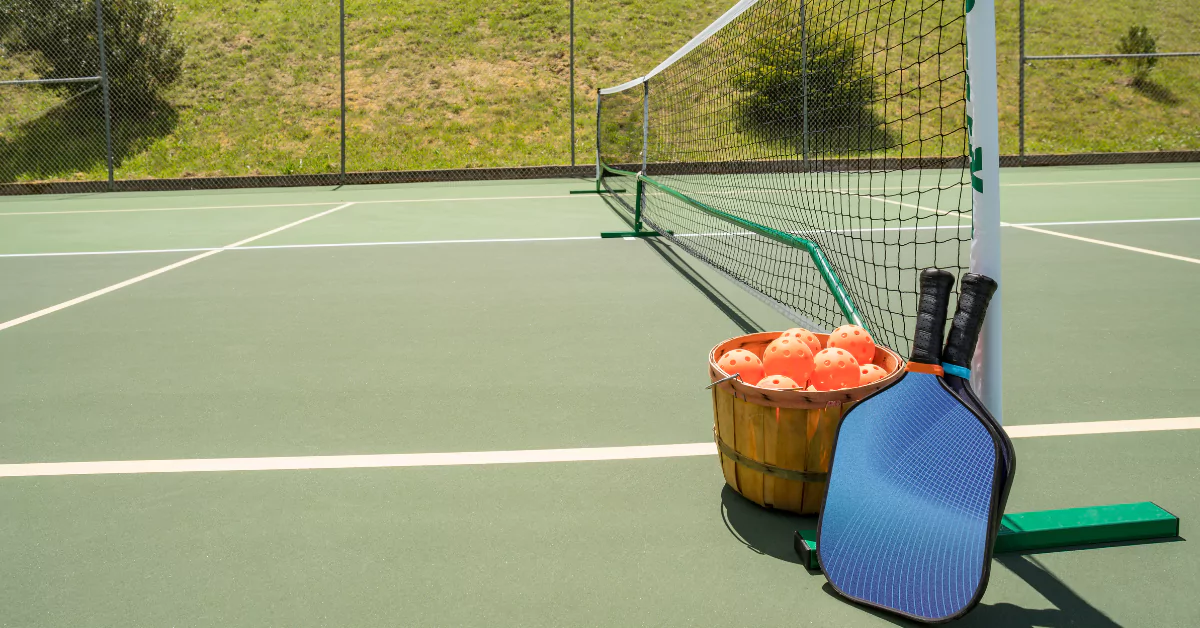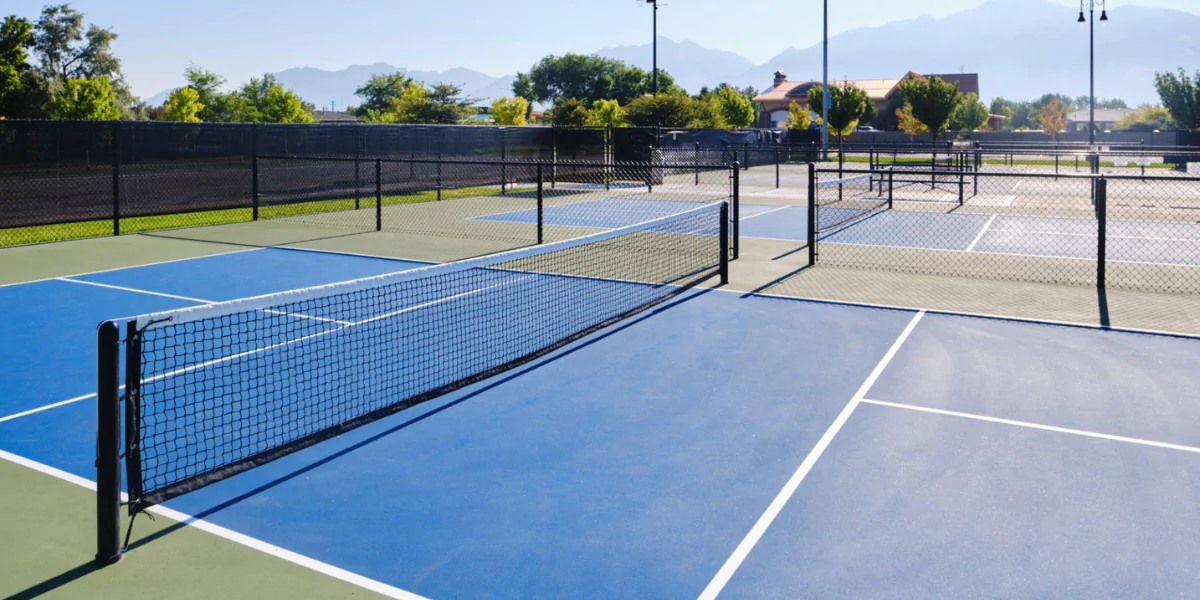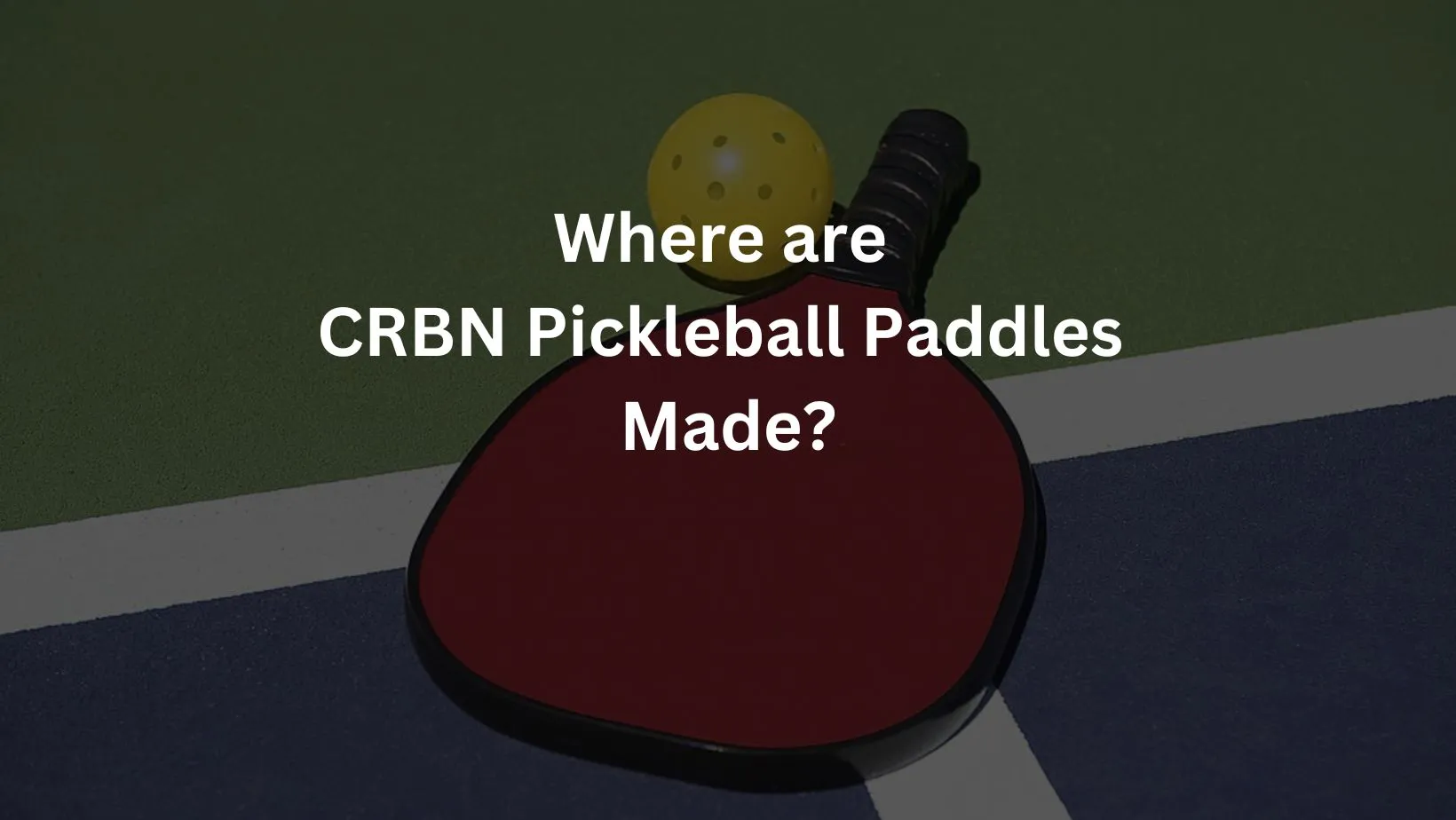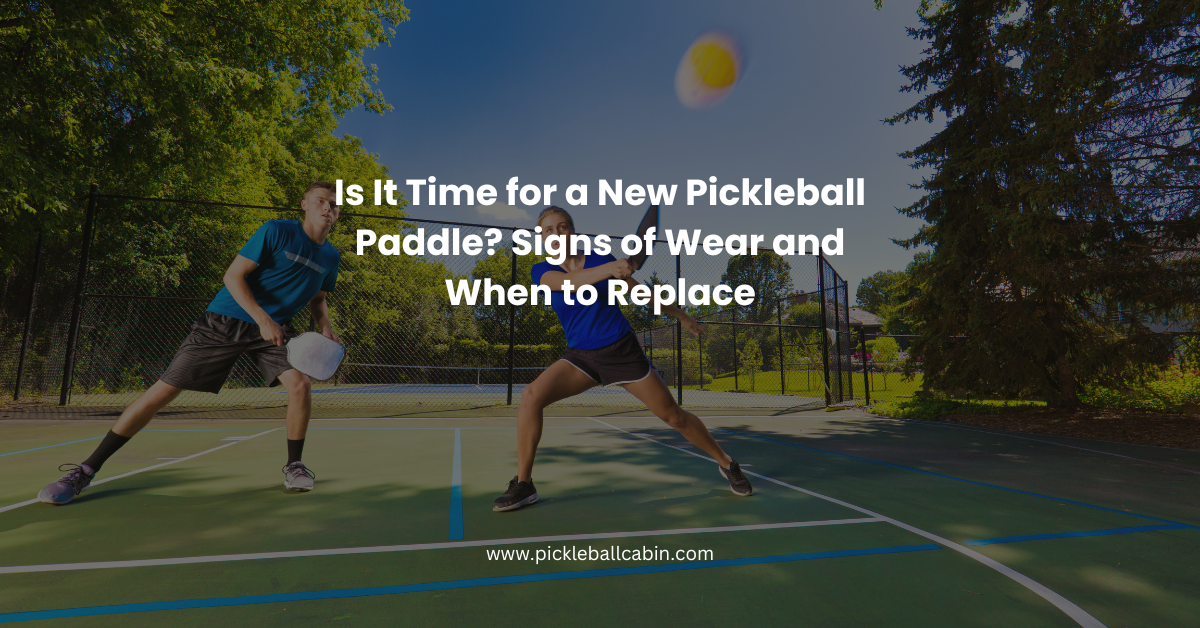Introduction
Pickleball has taken the sports world by storm, attracting players of all ages and skill levels. To ensure fair play and maintain consistency, it’s crucial to understand the official pickleball court dimensions. In this comprehensive guide, we will provide you with detailed information on the dimensions of an official pickleball court. By the end, you’ll have a solid understanding of the measurements, layout, and key features of these courts.
Official Pickleball Court Dimensions: Exploring the Details
Pickleball courts have specific measurements to create an optimal playing environment. Let’s dive into the details of the official pickleball court dimensions.
1. Court Surface
The playing surface of a pickleball court is typically made of asphalt or concrete. These materials provide a durable and consistent playing surface. While alternative surfaces like grass or clay may be used for recreational play, they should meet the necessary specifications for a fair game.
2. Court Dimensions
An official pickleball court measures 20 feet wide and 44 feet long. These dimensions are standard for both singles and doubles play. The court’s size allows players ample space to move and engage in fast-paced rallies, ensuring an exciting and competitive experience for all.
Read More about Dimensions:
Official Dimensions And Layout Of Court
3. Baseline
The baseline is the boundary line located at the back of the court. It runs parallel to the net, spanning the entire width of the court. When serving, players must ensure they do not step on or cross the baseline before making contact with the ball. This rule ensures fair play and prevents any advantage gained from stepping into the court prematurely.
4. Sideline
The sidelines run parallel to the net on each side of the court. They determine the lateral boundaries of the playing area and should not be crossed during play. Players must aim to keep the ball within the court’s boundaries to maintain a fair game.
5. Centerline
The centerline divides the court into two equal halves, separating the left and right service courts. It extends from the non-volley zone, often referred to as the “kitchen,” to the baseline. The centerline plays a crucial role in fault determination during serves and helps players maintain the correct positioning during the game.
6. Non-Volley Zone (NVZ) or “The Kitchen”
The non-volley zone, also known as the “kitchen,” is a designated area located on both sides of the net. It extends 7 feet back from the net and prevents players from volleying the ball while standing inside the zone. However, players may enter the zone to play a ball that has bounced. This rule promotes strategic play and prevents overly aggressive net play.
7. Net Height
The pickleball net should be positioned at a height of 36 inches at the sidelines and 34 inches at the center. This consistent net height ensures fairness and maintains a level playing field for all players. It also helps maintain consistency when players hit shots over the net.
8. Net Post Height
The net posts are installed at each end of the court and should reach a height of 36 inches. Proper net post height ensures the correct positioning and tension of the net, maintaining its stability throughout the game. Sturdy net posts contribute to a fair and balanced playing experience.
9. Clear Playing Area
To ensure optimal gameplay, it’s essential to have a clear playing area around the court. A minimum clearance of 10 feet is recommended on all sides to prevent any obstructions that could interfere
with gameplay. A clear playing area allows players to move freely and enhances safety during intense matches.
10. Lighting Considerations
When playing pickleball in low-light conditions or indoor facilities, proper lighting is crucial. Well-positioned and well-lit courts enable players to track the ball effectively and maintain a high level of performance. Adequate lighting ensures players can see the ball clearly, contributing to an enjoyable and competitive pickleball experience.
Conclusion
Understanding the official pickleball court dimensions is vital for players, organizers, and enthusiasts. By familiarizing yourself with the measurements, layout, and key features of these courts, you can ensure fair play and maintain consistency in the game. Whether you’re a seasoned player or a beginner, having a solid grasp of the official pickleball court dimensions will enhance your playing experience and contribute to the overall enjoyment of this exciting sport.
Frequently Asked Questions (FAQs)
Let’s address some common questions about the official pickleball court dimensions:
Can the court dimensions be adjusted for recreational play?
While the official court dimensions should be followed for competitive play, recreational players have the flexibility to adjust the dimensions based on available space. However, it is recommended to maintain the proportions as closely as possible to preserve the integrity of the game.
Are there any specific regulations for the net and net posts?
Yes, the net should be of the correct height and properly tensioned to ensure fair play. The net posts should also reach the required height and provide stability to the net. Adhering to these regulations contributes to a consistent and fair playing experience.
Can I install a pickleball court in my backyard?
Absolutely! Many pickleball enthusiasts choose to install courts in their backyards. However, before proceeding, it’s important to check local regulations, consider space limitations, and ensure the surface and dimensions meet the necessary requirements. Creating a pickleball court in your backyard can provide hours of fun and healthy competition for family and friends.
Read this;
DIY & Guide To Building Your Backyard Pickleball Court 2023.
Are there specific recommendations for the playing surface?
While asphalt and concrete are commonly used for pickleball courts, alternative surfaces like grass or clay can be suitable as long as they meet the necessary specifications. The playing surface should be consistent, safe, and allow for proper ball bounce.
FAQ 5: Can the court dimensions be modified for children or beginners?
Yes, the court dimensions can be modified for younger players or beginners to match their abilities. Shortening the length of the court allows players to develop their skills gradually while still experiencing the thrill of pickleball. Modifying the dimensions provides an inclusive environment for players of all ages and skill levels.
You may Also Found this helpful; Smaller Pickleball Court Dimensions | Dimensions In Meters
FAQ 6: Is it necessary to follow the official pickleball court dimensions for tournaments?
Yes, for official tournaments, it is essential to adhere to the official pickleball court dimensions to ensure fair and consistent gameplay. Following standardized dimensions ensures a level playing field for all participants and upholds the integrity of competitive pickleball.




